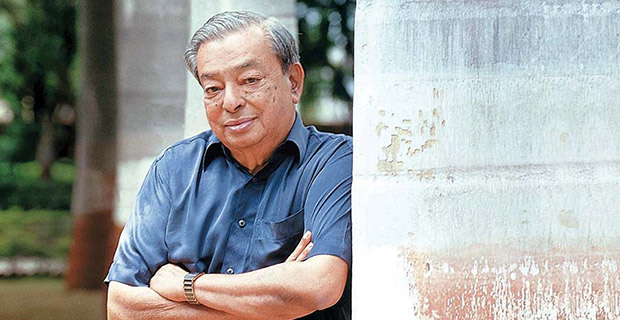India: From a milk deficit country to world’s largest producer
India was once a milk-deficit country. But at present, it is the largest producer of milk in the world, contributing 21 per cent of global milk production
AHMEDABAD: India was once a milk-deficit country. But at present, it is the largest producer of milk in the world, contributing 21 per cent of global milk production. During the 1950s and 1960s, the situation was radically different. India was a milk-deficit nation dependent on imports and the annual production growth was negative for several years.
The annual compound growth rate in milk production during the first decade after independence was 1.64 per cent, which declined to 1.15 per cent during the 1960s. In 1950-51, per capita consumption of milk in the country was only 124 gram per day. By 1970, this figure had dropped to 107 gram per day, one of the lowest in the world and well below the minimum recommended nutritional standards. India’s dairy industry was struggling to survive.
Milk production in 1950-51 stood at merely 17 million tonnes (MT). In 1968-69, prior to the launch of ‘Operation Flood’, milk production was only 21.2 MT which increased to 30.4 MT by 1979-80, 51.4 MT by 1989-90 and 209.96 MT by 2020- 21. In three decades (the 1980s, 1990s and 2000s), the daily milk consumption in the country rose from a low of 107 gram per person in 1970 to 427 gram per person in 2020-21.
The National Dairy Development Board (NDDB) was created in 1965 with a mandate to support the creation of the ‘Anand pattern’ of dairy cooperatives across the country through the ‘Operation Flood’ programme which was to be implemented in phases.
The ‘Anand Pattern’ was essentially a cooperative structure comprising village-level Dairy Cooperative Societies (DCSs), which promote district-level unions, which in turn promote state-level marketing federation. Starting in 1970, NDDB replicated the Anand-pattern cooperatives through the ‘Operation Flood’ programme all over India.











Comments.